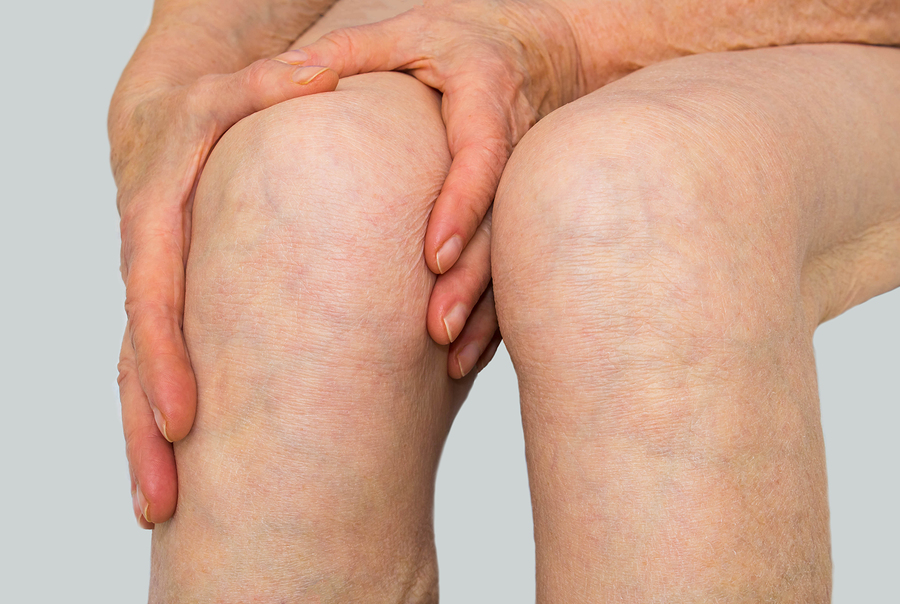There hasn’t been much evidence for this but a research group from the University of Alabama thinks we can.
In the past osteoarthritis was thought to be caused by wear and tear. Doctors often recommended weight loss to take pressure off the joints.
Now arthritis is seen as an inflammatory condition, like heart disease, some cancers, diabetes and Alzheimer’s.
Weight is still considered important, but not necessarily because of the extra load it places on our joints. Fat tissue is also a source of low-grade inflammation.
Other factors associated with inflammation include poor diet, lack of exercise, smoking, alcohol, stress and lack of sleep and sun.
Exercise helps in managing arthritic pain, but beyond that, it’s drugs and — if things get too bad — surgery. Anti-inflammatory drugs can have downsides though, such as gastric bleeding.
Clearly it’d be valuable to find other avenues for pain relief, and the Alabama group tested two dietary interventions with people aged 65 to 75 who had arthritic knees.
They were split into three groups — one was put on a low-carbohydrate diet, one on a low-fat diet, and the rest were told to eat what they normally ate.
Unfortunately, I can’t get hold of a complete copy of this research to pick through the detail. In some studies, when you look at what they call a low-carbohydrate or low-fat diet, they’re nothing of the sort. So we’ll have to take their word for it.
The researchers were interested in participants’ pain perception and the impact of that pain on the rest of their lives. They assessed this every three weeks, along with checking physiological markers of inflammation.
Over three months, the low-carb people reported a reduction in pain intensity compared to the other two groups. Their inflammation levels dropped as well.
The conclusion: maybe we can lower pain levels with a low-carb diet.
This makes sense in so far as low-carb diets will reduce insulin, and high insulin levels drive inflammation. What we haven’t investigated before is the relationship between general bodily inflammation and pain.
While we don’t yet have other research to back this up, if you have osteoarthritic joint pain it might be worth doing your own experiment. If you want a guide as to what healthy low-carb eating looks like, see Dr Brukner’s diet in the post on healthy eating while staying at home.
PS. An article I’ve since found about this study (rather than the study itself) says the low-carb diet was based on meat, fish, eggs, dairy, non-starchy vegetables, fruit, and nuts and seeds, and avoided sugar, processed foods and vegetable oils. Similar to Dr Brukner’s diet.
Photo Source: Bigstock

